These Incredible Images Show What Humanity Will Look Like When We Colonize The Solar System
The journey begins on Earth. Here, Wernquist depicts ancient nomads walking across a region in the Middle East with planets shining brightly in the night sky. The alignment of the planets is fictional.

High above Earth's atmosphere, a future spacecraft begins the long journey across the solar system, to distant worlds. This image of Earth was taken in 2003 by cameras aboard the International Space Station. The ISS orbits Earth 268 miles above the surface — about 900 times closer than the moon, the only other heavenly body man has ever walked upon.
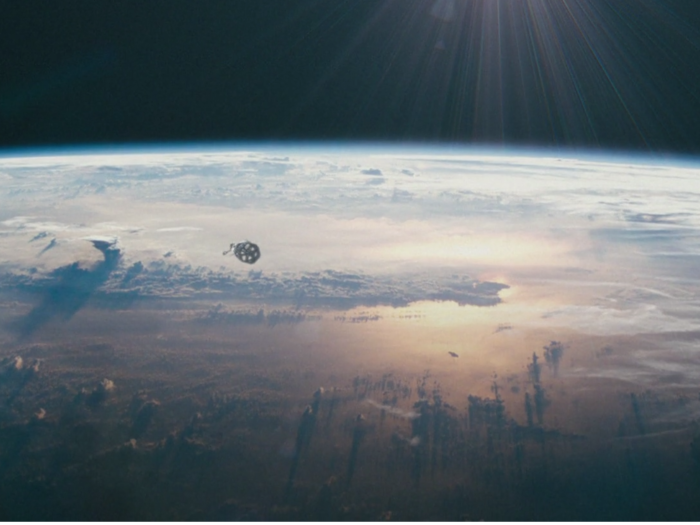
Jupiter's Great Red Spot is shown here while an intrepid, future explorer looks upon the storm that has scarred the face of the giant planet for more than 300 years. The original image of Jupiter depicted here was taken by NASA's Voyager 1 satellite in 1979.
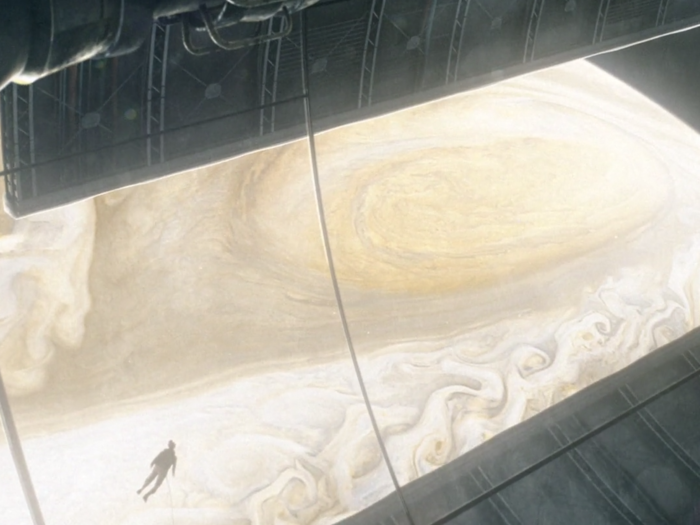
Humans will likely never inhabit Jupiter because it has no solid surface, but that hasn't stopped sci-fi authors like Arthur C. Clarke from envisioning life on the giant gaseous planet in his 1972 novel "A Meeting with Medusa."
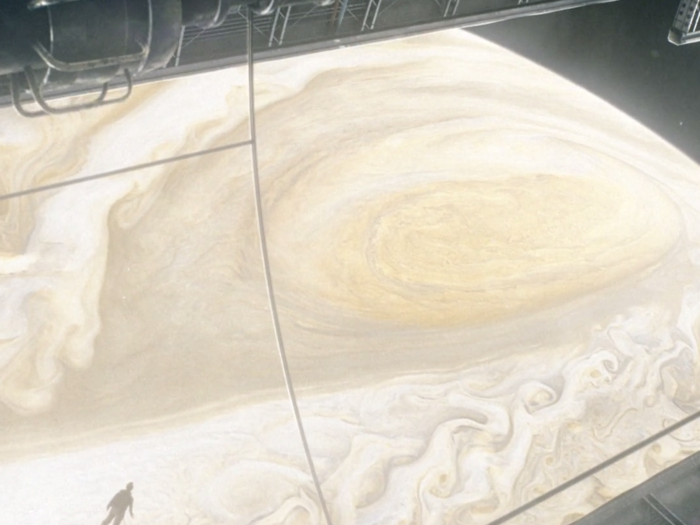
Beyond Jupiter — 800 million miles from Earth — Saturn and its moons await. Here, the spacecraft flies by Saturn's moon, Enceladus, which is famous for its cryovolcanoes that spew water vapor and other material high into the atmosphere. NASA's Cassini spacecraft took this image of Enceladus in 2005.
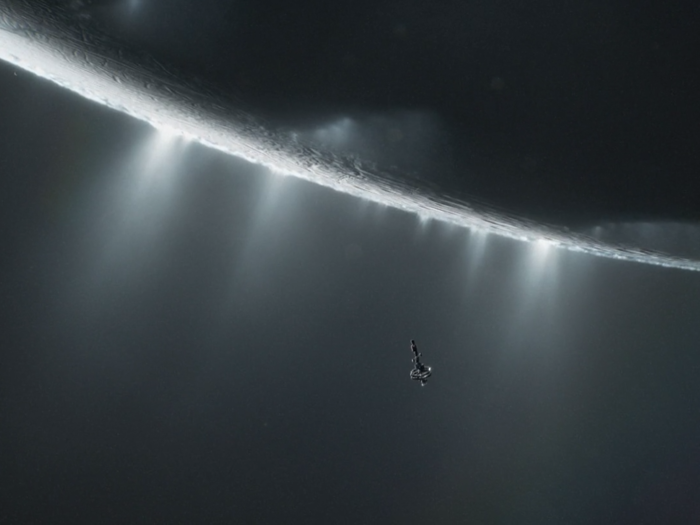
Toward the center, you can see a human floating in space amidst the most spectacular and extensive set of planetary rings in the entire solar system. Since any satellite that ventured into Saturn's ring system would be impaled by one of its millions of rocks, this image is computer generated by Wernquist.
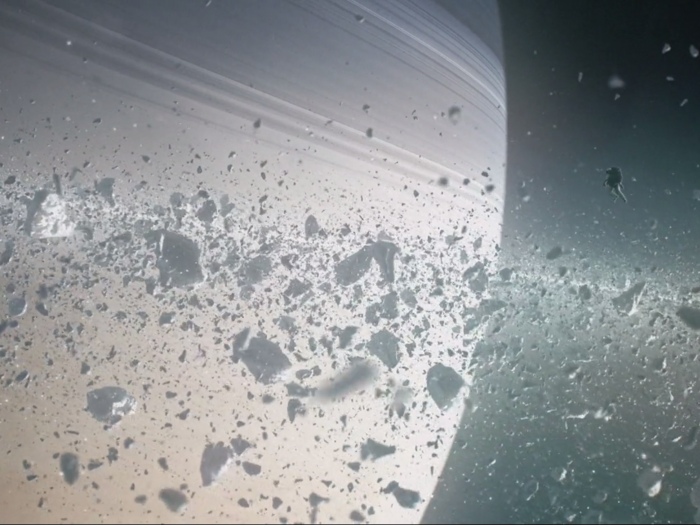
The fastest man-made satellite to ever reach Saturn was Voyager 1. It took three years and two months. Voyager 1 is currently speeding toward the Oort cloud, the edge of our solar system, at nearly 36,000 miles per hour.
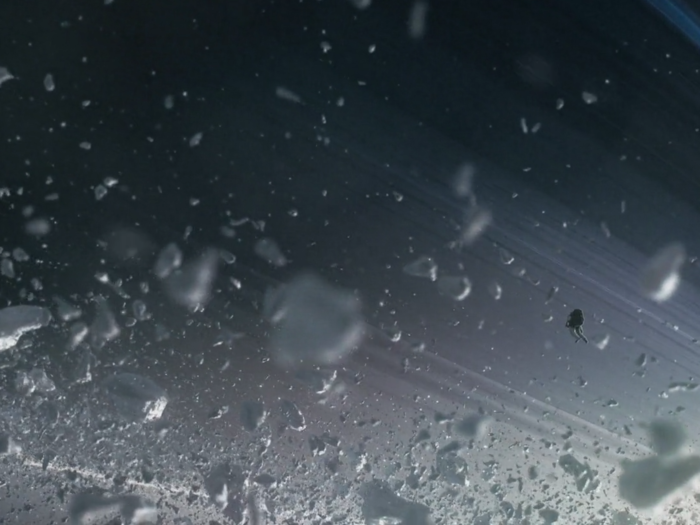
This image of Mars was first created from high-resolution images taken by satellites orbiting the red planet. If humans colonize other planets, Mars will likely be the first because of its general proximity and similarity to Earth compared to other planets in the solar system.
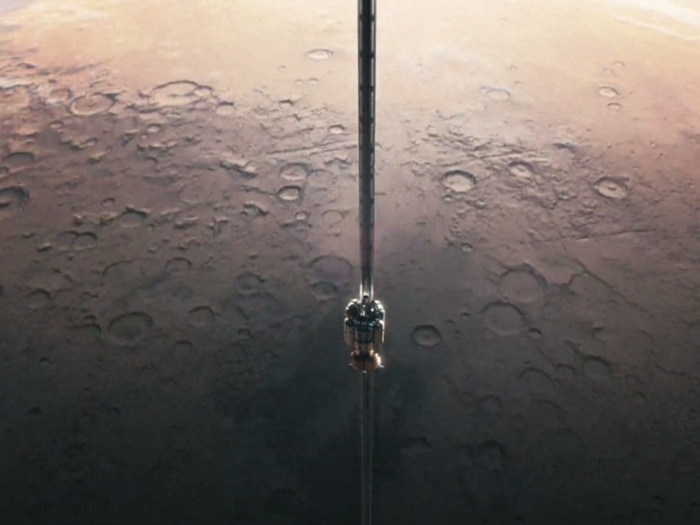
A company called Mars One is already talking about sending the first humans to Mars by 2025. Their plan, however, is to send a crew in a spacecraft, not a space elevator like the one shown here. Mars One estimates the trip through space will last seven months.
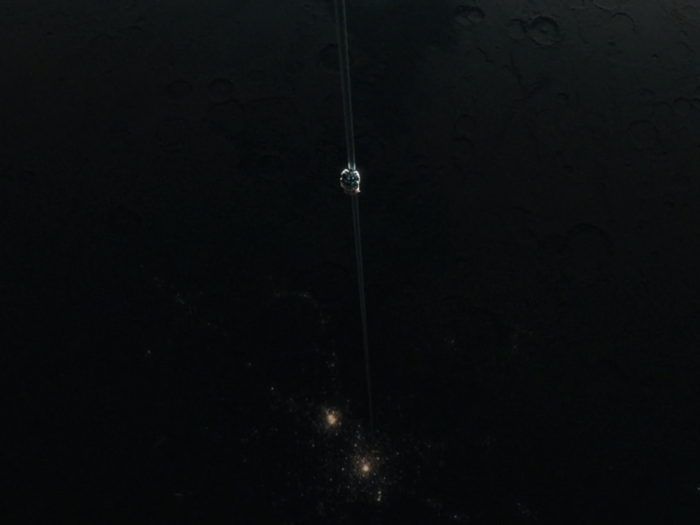
Wernquist transforms this image of the Victoria Crater on Mars from what it is today — a desolate wasteland — into a docking station. The original image of this crater was taken by NASA's Mars Exploration Rover Opportunity in 2006.

Craters like these are some of the most promising locations to search for evidence of past life on Mars. In 2013, NASA's Mars Science Laboratory, Curiosity, found evidence of an ancient freshwater lake in Gale Crater.
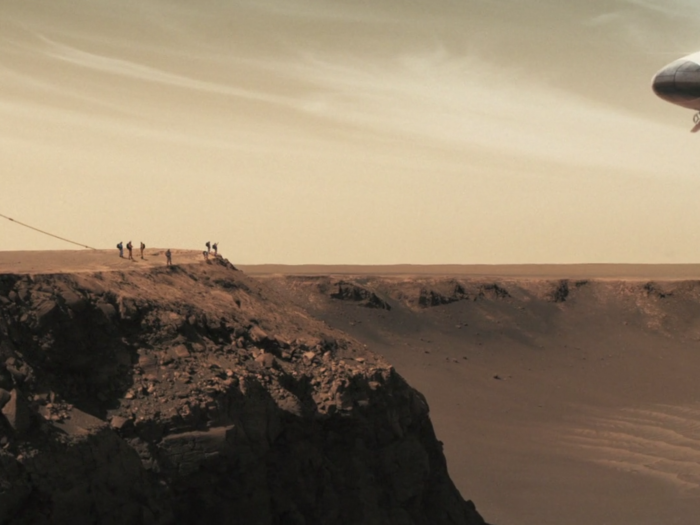
This blue sunset on Mars was captured by NASA's Mars Exploration Rover Spirit in 2005. The distant rim that the sun is setting behind is known as the Gusev crater. Wernquist has added in an audience to witness the event.
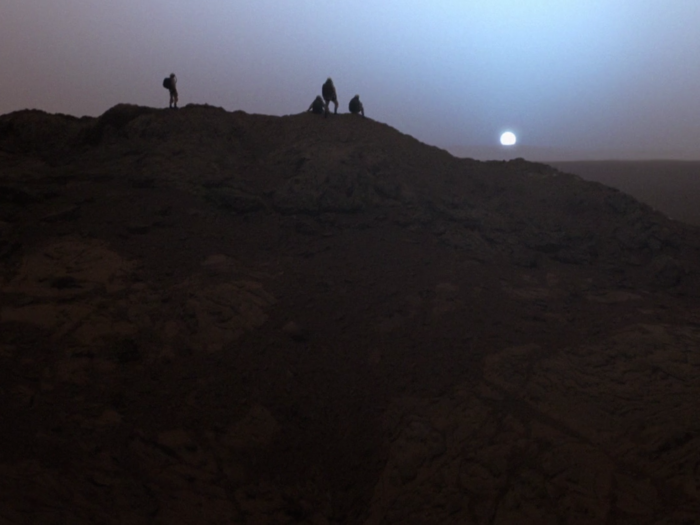
After the sun sets on Mars, nighttime can reach frigid temperatures of negative 130 degrees Fahrenheit. The coldest temperature ever recorded on Earth was in 2010 when a region of east Antarctica dipped down to negative 136 degrees Fahrenheit.
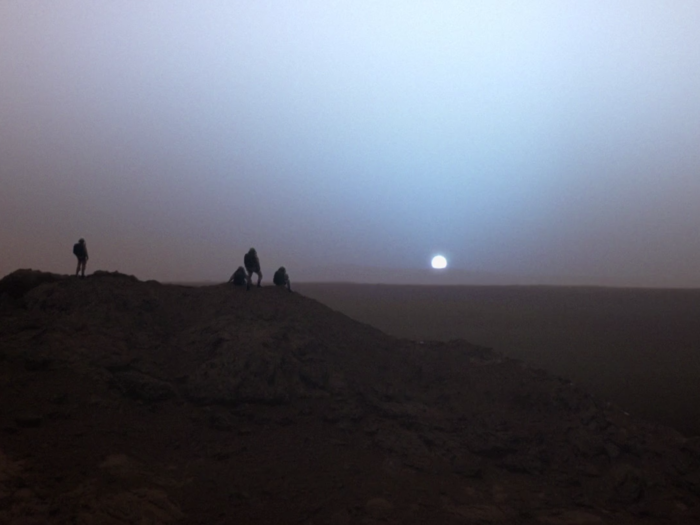
Here, Wernquist envisions colonies on Saturn's walnut-shaped moon Iapetus. He places the colonies along an enormous equatorial ridge that extends across the moon, just like the giant city sci-fi author Kim Stanley Robinson describes in his book "2312".
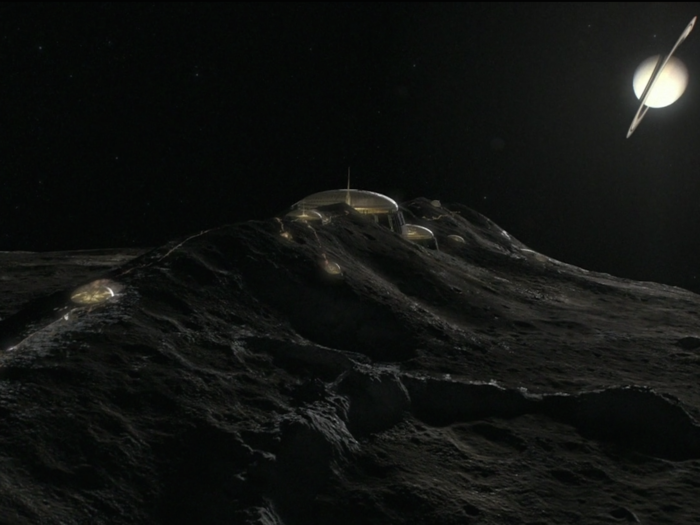
The Cassini spacecraft first discovered this mysterious ridge, which is roughly 8 miles high and 800 miles long, in the early 2000s. Scientists are unsure of how it formed. Human inhabitants on the equator of Iapetus would experience a daytime high of negative 227 degrees Fahrenheit.
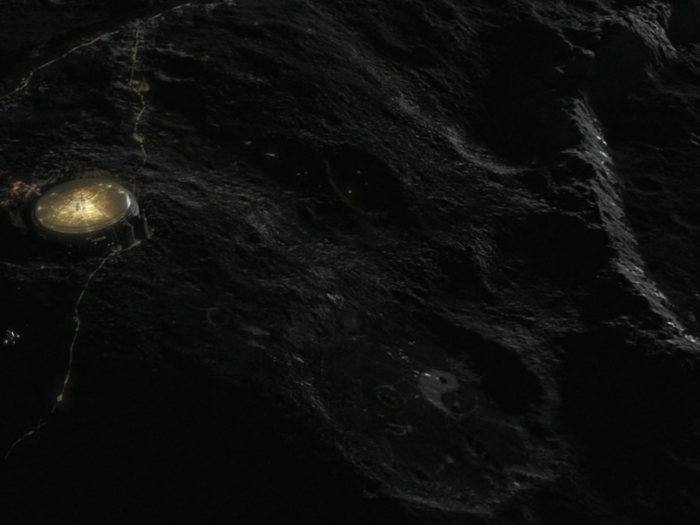
A more unorthodox spot for settlement would be on an asteroid, like this computer-generated asteroid. Wernquist depicts here what he thinks an asteroid in the belt between Mars and Jupiter would look like.
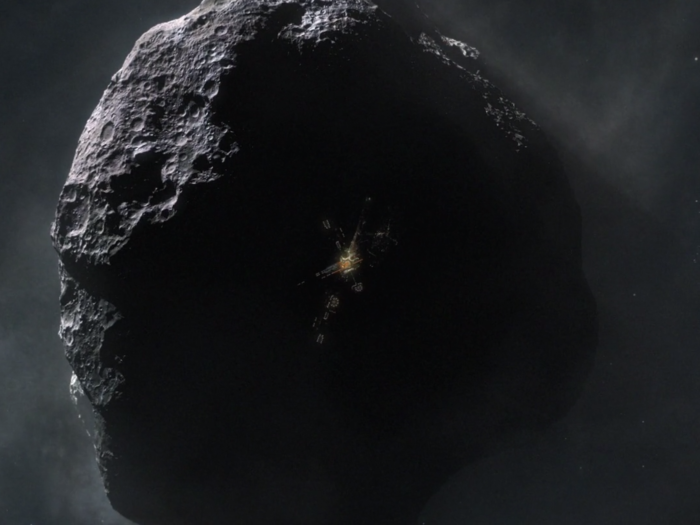
As extraterrestrial homes go, asteroids are low on the list because of their low gravity. Gravity keeps our muscles strong. Without it, our muscles — including our heart, which pumps blood throughout our body — deteriorate.
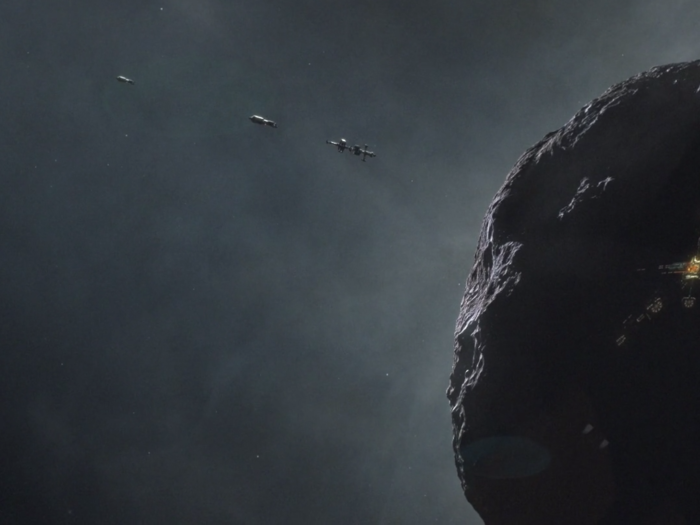
According to Wernquist, this is one of the more speculative portions of his short film: It depicts the center of an inhabited, hollowed-out asteroid that humans are mechanically spinning to simulate artificial gravity. What's more, he imagines an artificial sun, powered by the cable above, to induce a daylight cycle for colonists.
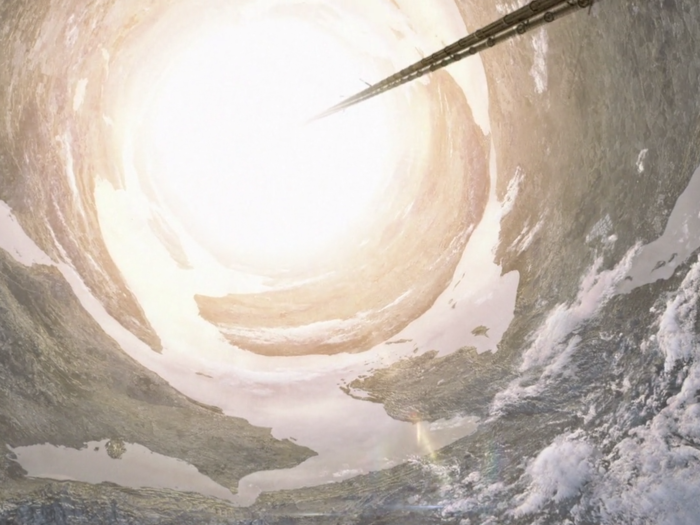
The spin rate is one rotation every 2 minutes, which — for the size of this asteroid — would create the same gravitational pull we feel on Earth. This concept is called a terrarium and is explained in Kim Stanley Robinson's sci-fi novel "2312". Although this image is purely fictional, Wernquist used satellite images of Earth for the snowy, watery textures seen here.

In this incredible shot, explorers trek across the surface of Jupiter's moon Europa. In the background you see Jupiter and another one of its moons, Io. With over 400 active volcanoes on its surface, Io is the driest, most geologically active object in the entire Solar System.
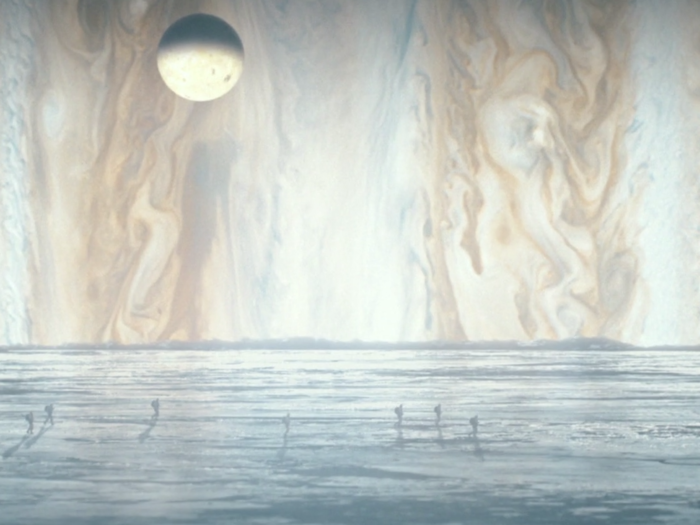
The inspiration for this image came from a photo the Cassini spacecraft took in 2001. Europa harbors an icy, outer shell, but underneath the surface, scientists believe, is a vast liquid-water ocean that is one of the most likely places in our solar system where alien exists.

Large lakes of liquid methane adorn the surface of Saturn's largest moon, Titan. Although this image is purely fictional, Wernquist grabbed inspiration for the color and geography from real data collected by the Cassini spacecraft in 2013. Titan is the only other body in the solar system, besides Earth, with a well-developed, nitrogen-rich atmosphere.
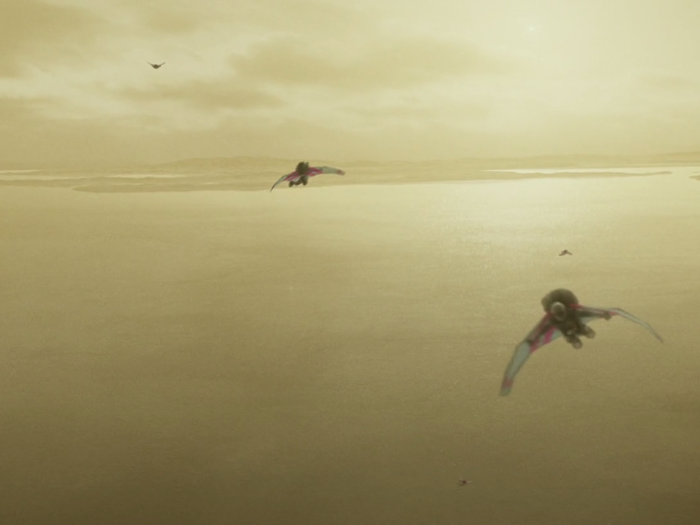
What little portion of the atmosphere that is not nitrogen is mostly methane and hydrogen, so human colonizers would not survive without oxygen support. On Titan, humans would weigh roughly six times less than they do on Earth, making it easier for manned flying devices like the ones shown below to work in the dense atmosphere.
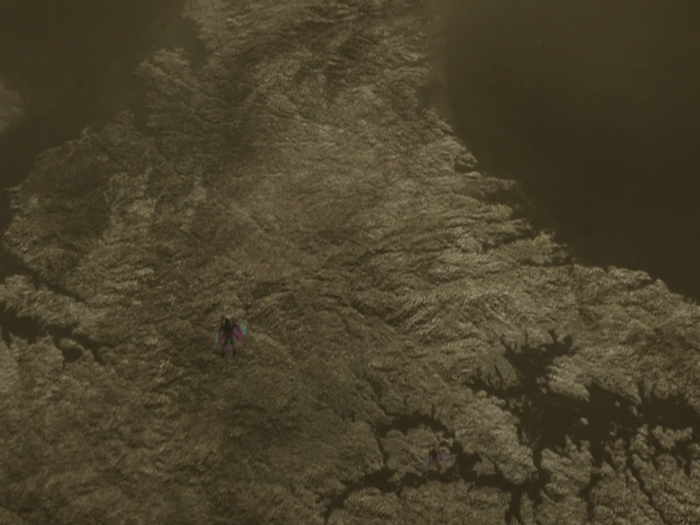
The tallest cliff in the solar system resides far away on Uranus's moon, Miranda. Interestingly, the image is mostly computer generated here, but the cliff divers are real. Wernquist grabbed inspiration for the geography of the image from a photo taken by Voyager 2 in 1986, and the foreground cliffs are from a real place in Norway called "The Pulpit Rock".
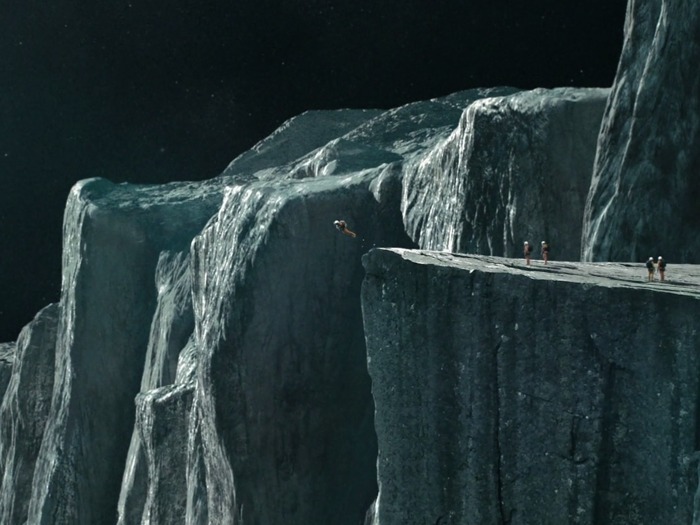
Here, you see the sky divers enjoying their long trip down. Wernquist estimates that because of the low gravity on tiny Miranda, it would take cliff divers 12 minutes to fall to the bottom of this enormous cliff, which is estimated to be about 3.2 miles high.
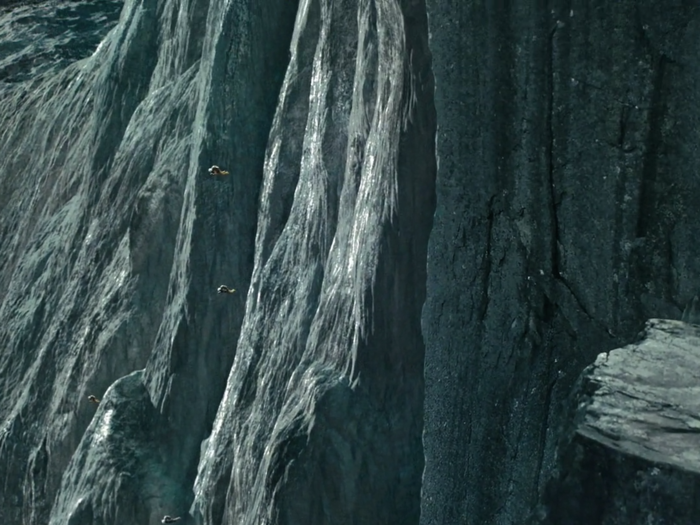
The brilliant blue hue of Uranus and some of its other moons decorates the background. Located 1.7 billion miles from Earth, Uranus is the farthest planet from our sun. It took Voyager 2 nine-and-a-half years to reach this distant, gaseous planet.
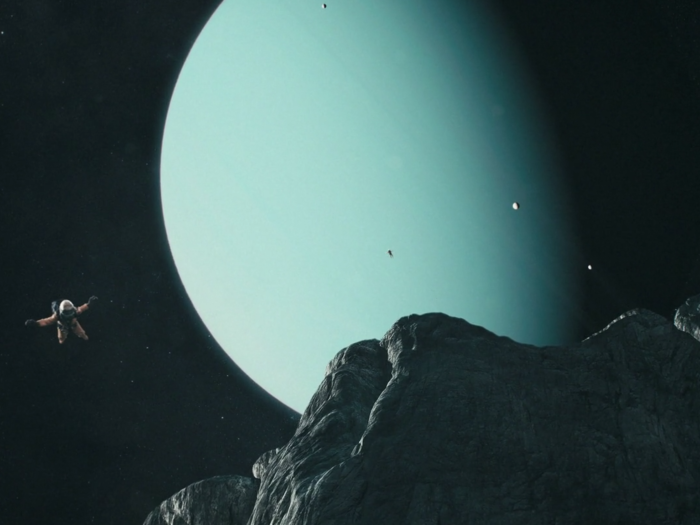
At first glance, you might think this is a shot from another one of Saturns' moons, but you would be wrong. This is actually a computer-generated image of what Wernquist imagines to be one of the most beautiful sights in the solar system: How the sky would appear if you were tracing your way through the wispy clouds on Saturn.
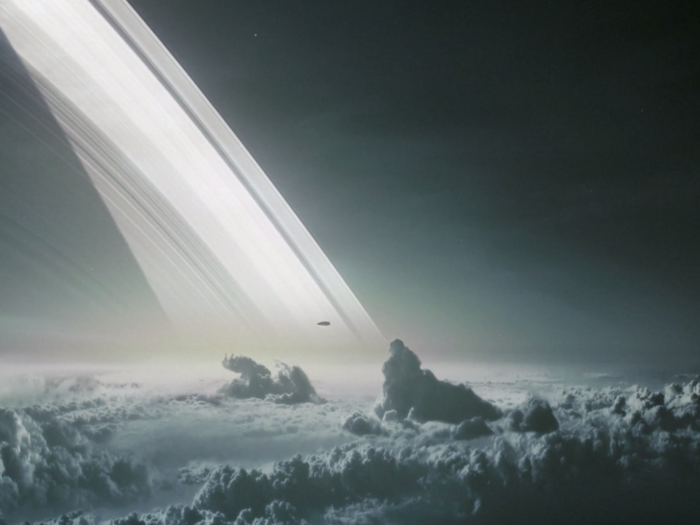
The final shot is not of any place in our solar system but of us. A woman looks on and smiles, and you can't help but wonder what she's thinking as the scene cuts to black and the credits roll.
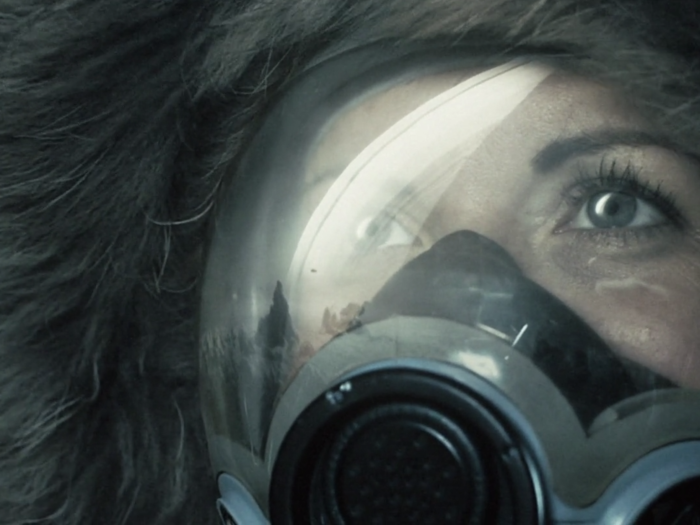
Watch the entire mind-blowing video below.

Now that you've seen the future, enjoy these images of our own planet from space.
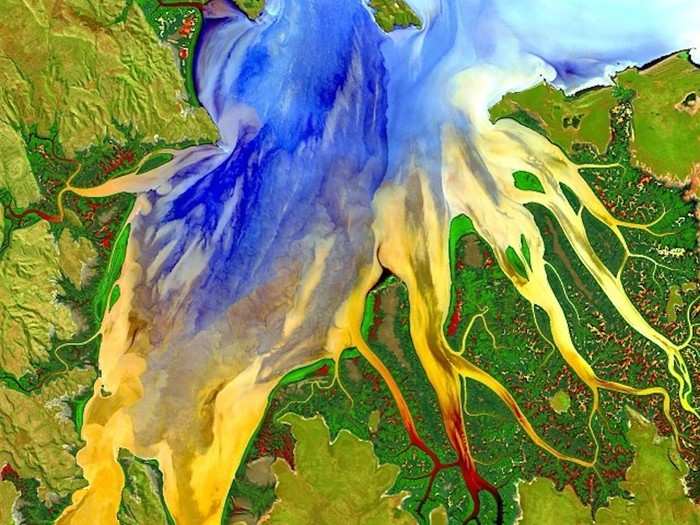
Popular Right Now
Popular Keywords
Advertisement